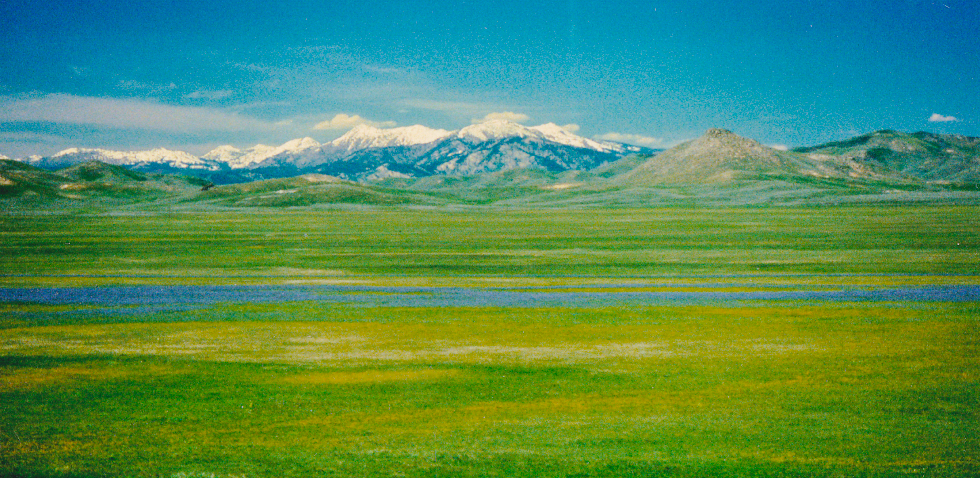CHAPTER
12 Ecological Pyramids
Page 107
CHAPTER
13 Efficiencies of
Energy Transfer Page
111
CHAPTER
14 Silver Springs
Classic
Ecosystem Study Page
115
CHAPTER
15 Global Cycles
Overview Page 119
CHAPTER
16 Global Water Cycle
Page 121
CHAPTER
17 Global Carbon Cycle
Page 127
CHAPTER
18 Global Nitrogen
Cycle Page 133
CHAPTER
19 Global Phosphorus
Cycle Page 139
CHAPTER
20 Global Sulfur Cycle
Page 145
SECTION
TWO: CLIMATE
CHANGE
CHAPTER 21
Climate Patterns Page 149
CHAPTER 22 Ecosystems and
Climate Change Page 165
CHAPTER
23 El Niño and Climate
Change Page 173
CHAPTER
24 Storms Slam
California Coast Page
179







